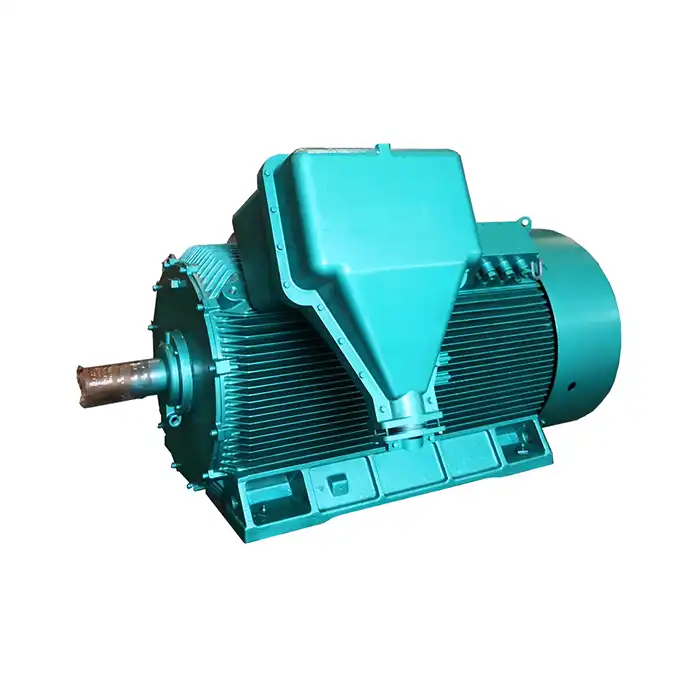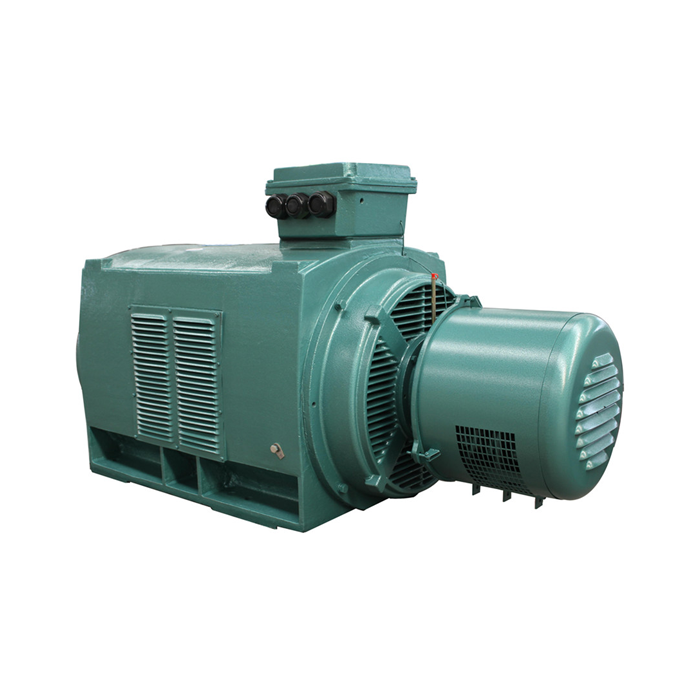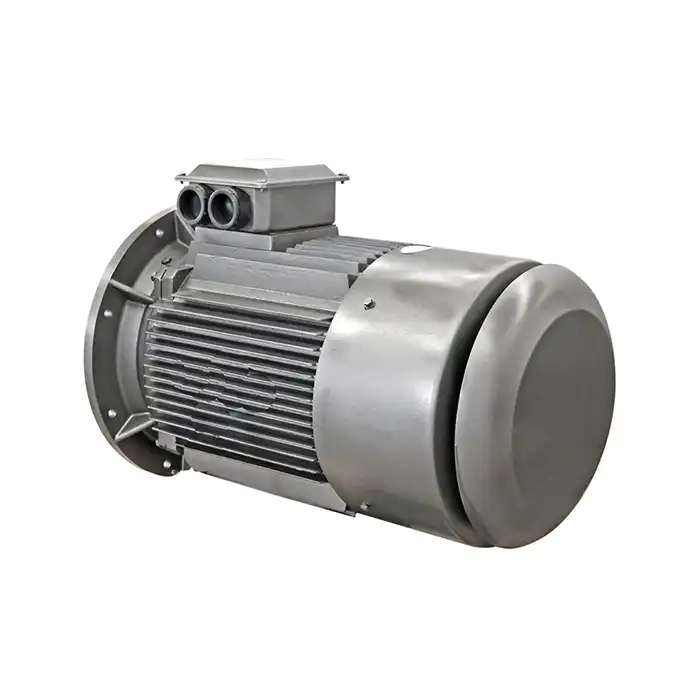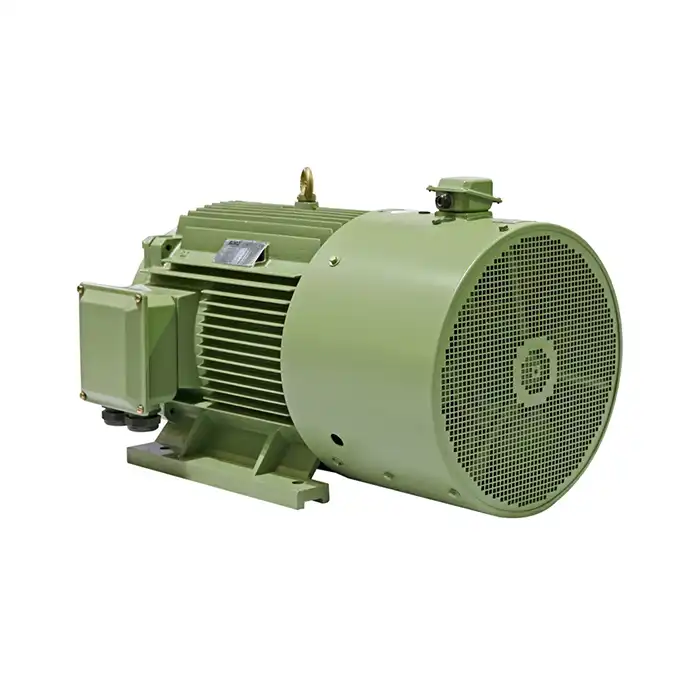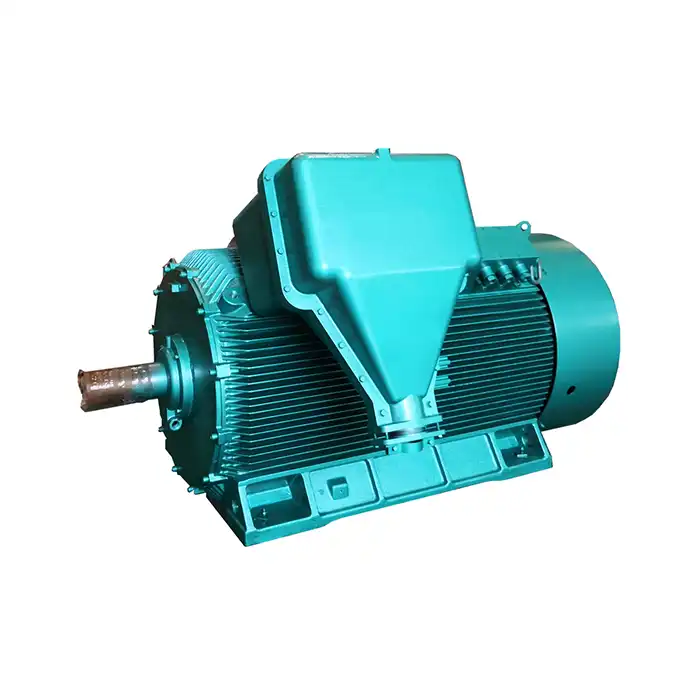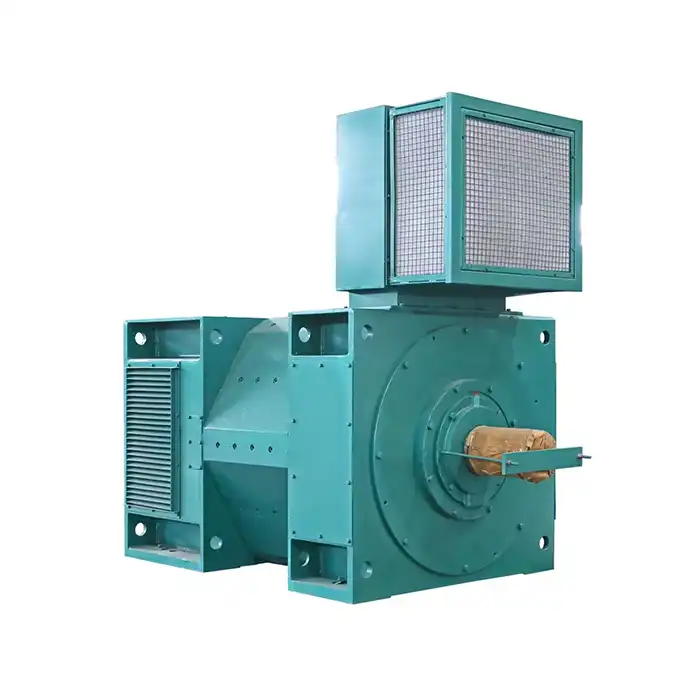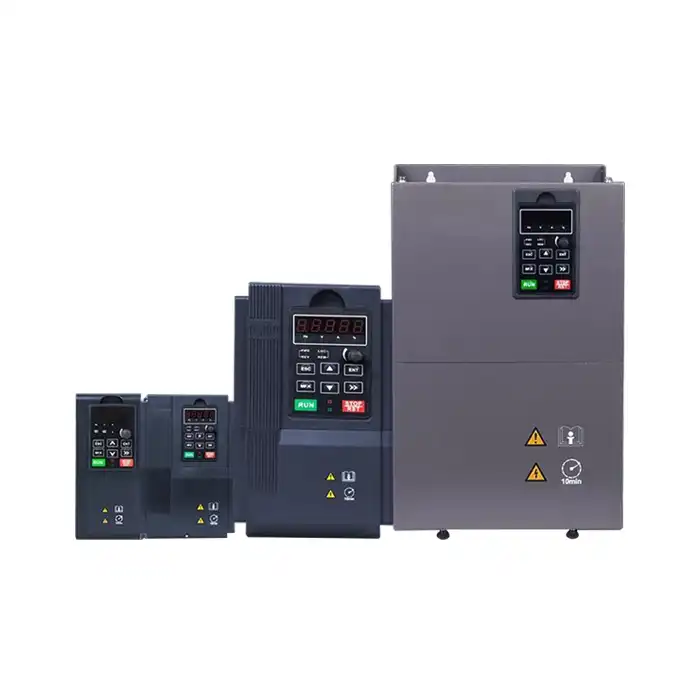What is an inverter duty induction motor?
In the realm of industrial power solutions, inverter duty induction motors have emerged as a pivotal technology, changing the way we approach variable speed applications. These specialized motors are engineered to excel in environments where precise control and energy efficiency are paramount. But what exactly sets them apart from their standard counterparts? Let's delve into the intricacies of these robust machines and uncover why they're becoming increasingly indispensable in modern industrial settings.
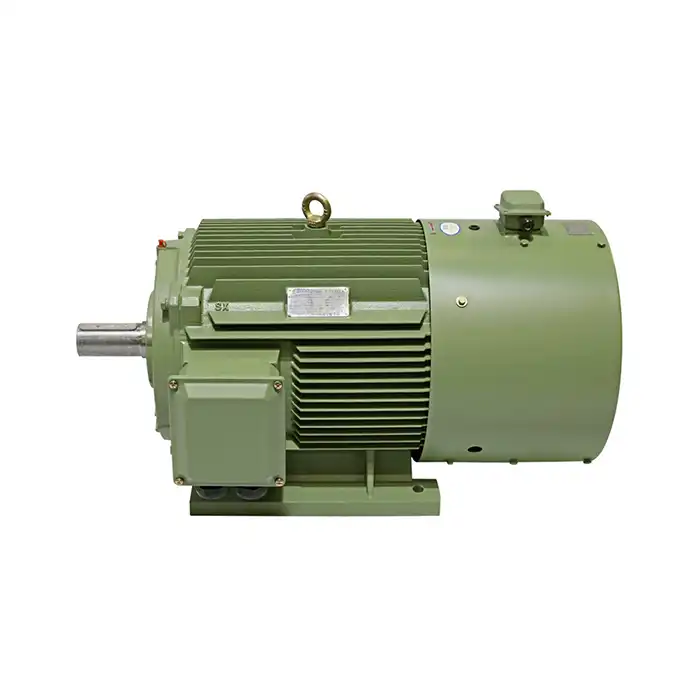
Key design features of inverter duty induction motors
The exceptional performance of inverter duty induction motors stems from several key design features that set them apart from standard motors:
- Reinforced insulation system: To combat the high-frequency voltage spikes generated by VFDs, these motors employ advanced insulation materials and techniques. This includes using corona-resistant magnet wire and phase paper insulation, which significantly extend the motor's lifespan.
- Enhanced cooling systems: Inverter duty motors often incorporate augmented cooling mechanisms to dissipate heat effectively, even at low speeds when standard fan cooling might be insufficient. This may include auxiliary fans or oversized main cooling fans.
- Robust bearings: To mitigate the effects of shaft currents induced by VFDs, these motors typically feature insulated bearings or shaft grounding systems. This prevents premature bearing failure and ensures long-term reliability.
- Optimized rotor design: The rotor is carefully engineered to minimize harmonics and reduce losses, resulting in improved efficiency and reduced heat generation across the entire speed range.
- Specialized winding configurations: Inverter duty motors often employ winding designs that are less susceptible to the harmonic distortion created by VFDs, ensuring smoother operation and reduced electrical stress.
These design elements work in concert to create a motor that's not just capable of handling VFD operation, but one that thrives in such conditions, delivering optimal performance and longevity.
Why are inverter duty induction motors essential for modern industrial applications?
The increasing adoption of inverter duty induction motors across various industries is no coincidence. These motors offer a plethora of benefits that make them indispensable in today's fast-paced, efficiency-driven industrial landscape:
- Energy efficiency: By allowing precise speed control, these motors can significantly reduce energy consumption, particularly in applications with variable load requirements. This translates to substantial cost savings and a reduced carbon footprint.
- Process optimization: The ability to fine-tune motor speed enables better control over industrial processes, leading to improved product quality and reduced waste.
- Extended equipment life: The soft start and stop capabilities of VFD-controlled inverter duty motors reduce mechanical stress on the entire drive system, prolonging the life of belts, gears, and other mechanical components.
- Versatility: These motors can operate efficiently across a wide speed range, often from 5Hz to 100Hz or more, making them suitable for a diverse array of applications.
- Reduced maintenance: Thanks to their robust construction and ability to withstand VFD-induced stresses, inverter duty motors typically require less maintenance than standard motors in variable speed applications.
- Improved power factor: VFD systems with inverter duty motors can maintain a high power factor across their operating range, reducing reactive power consumption and associated costs.
These advantages make inverter duty induction motors an attractive choice for industries ranging from manufacturing and process control to HVAC and renewable energy. Their ability to adapt to varying load conditions while maintaining high efficiency has made them invaluable in applications such as conveyor systems, pumps, fans, and compressors.
Understanding the insulation system in inverter duty induction motors
The insulation system is a critical component of inverter duty induction motors, playing a pivotal role in their ability to withstand the stresses of VFD operation. Let's explore the intricacies of this system and why it's so crucial:
- Voltage stress mitigation: VFDs generate high-frequency voltage spikes that can deteriorate standard motor insulation over time. Inverter duty motors employ specialized insulation materials and designs to absorb and dissipate these spikes effectively.
- Corona resistance: The insulation in these motors is engineered to resist corona discharge, a phenomenon that can occur at high voltages and lead to insulation breakdown. This is achieved through the use of corona-resistant enameled wire and advanced impregnation techniques.
- Thermal management: The insulation system is designed to withstand higher temperatures, which can occur due to harmonics and reduced cooling at low speeds. Class F or H insulation is typically used, providing a higher temperature margin.
- Moisture and contaminant protection: Advanced sealing and impregnation methods are employed to protect the windings from moisture and contaminants, enhancing the motor's reliability in harsh industrial environments.
- Partial discharge resistance: The insulation system is designed to minimize partial discharges, which can occur in air pockets within the insulation and lead to premature failure.
The sophisticated insulation system in inverter duty induction motors is a testament to the engineering prowess behind these machines. It's this attention to detail that allows them to operate reliably under the demanding conditions imposed by VFDs, ensuring long-term performance and reducing the risk of unexpected downtime.
In conclusion, inverter duty induction motors represent a significant leap forward in motor technology, offering unparalleled performance, efficiency, and reliability in variable speed applications. Their specialized design features, including robust insulation systems, enhanced cooling, and optimized electromagnetic properties, make them ideally suited for the challenges of modern industrial environments.
As industries continue to prioritize energy efficiency, process optimization, and equipment longevity, the demand for these advanced motors is only set to grow. From manufacturing and process control to renewable energy and HVAC systems, inverter duty induction motors are proving their worth across a wide spectrum of applications.
For businesses looking to enhance their operational efficiency, reduce energy costs, and improve overall productivity, investing in inverter duty motor technology is a decision that can yield significant long-term benefits. As we move towards a more sustainable and efficient industrial future, these motors will undoubtedly play a crucial role in shaping the landscape of power solutions.
Are you ready to elevate your industrial processes with cutting-edge motor technology? Shaanxi Qihe Xicheng Electromechanical Equipment Co., Ltd. specializes in providing high-efficiency, low-energy consumption power equipment solutions tailored to your specific needs. Whether you're in manufacturing, process control, HVAC, or renewable energy, our team of experts is committed to delivering stable and reliable power solutions that drive your business forward. Don't let outdated motor technology hold you back. Contact us today at xcmotors@163.com to explore how our inverter duty induction motors can transform your operations and give you a competitive edge in today's fast-paced industrial landscape.
References
- Johnson, A. R. (2020). "Advanced Motor Design: Principles and Applications of Inverter Duty Induction Motors." Industrial Power Systems Journal, 45(3), 78-92.
- Smith, L. K., & Thompson, R. D. (2019). "Insulation Systems for Variable Frequency Drive Applications: A Comprehensive Review." IEEE Transactions on Industry Applications, 55(4), 3721-3734.
- Zhang, Y., & Chen, H. (2021). "Energy Efficiency Improvements in Industrial Processes Through Inverter Duty Motor Implementation." Energy Conversion and Management, 228, 113671.
- Patel, N. V., & Roberts, C. A. (2018). "Thermal Management Strategies for Inverter-Fed Induction Motors in Variable Speed Applications." Journal of Thermal Science and Engineering Applications, 10(4), 041009.
- Fernandez, M., & Garcia, A. (2022). "Comparative Analysis of Standard vs. Inverter Duty Induction Motors in Process Control Applications." Control Engineering Practice, 124, 105149.
- Brown, T. E., & Wilson, S. J. (2020). "Long-term Performance and Reliability Assessment of Inverter Duty Motors in Industrial Environments." Reliability Engineering & System Safety, 193, 106665.



